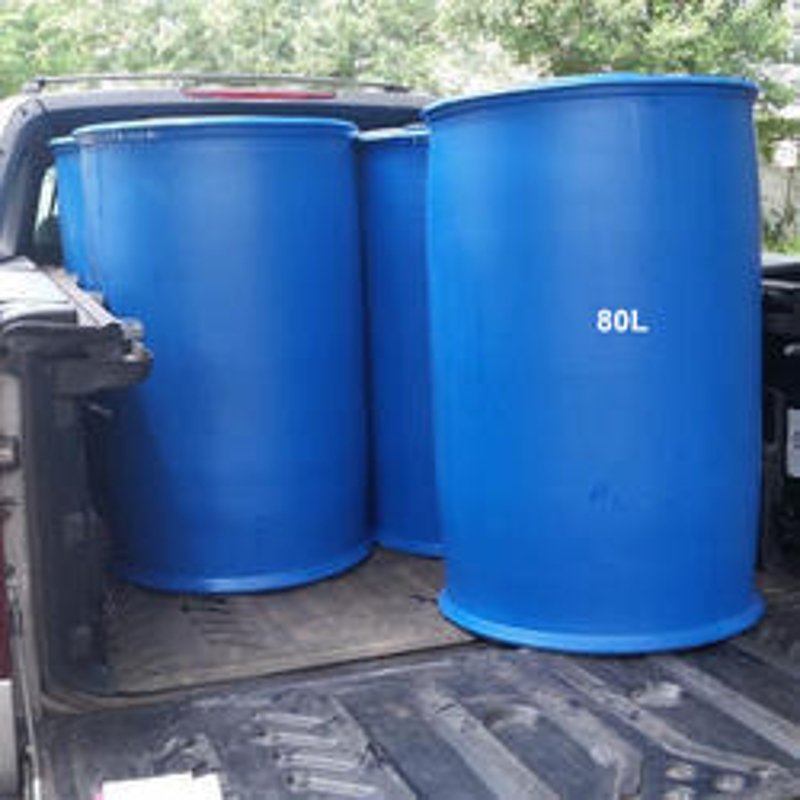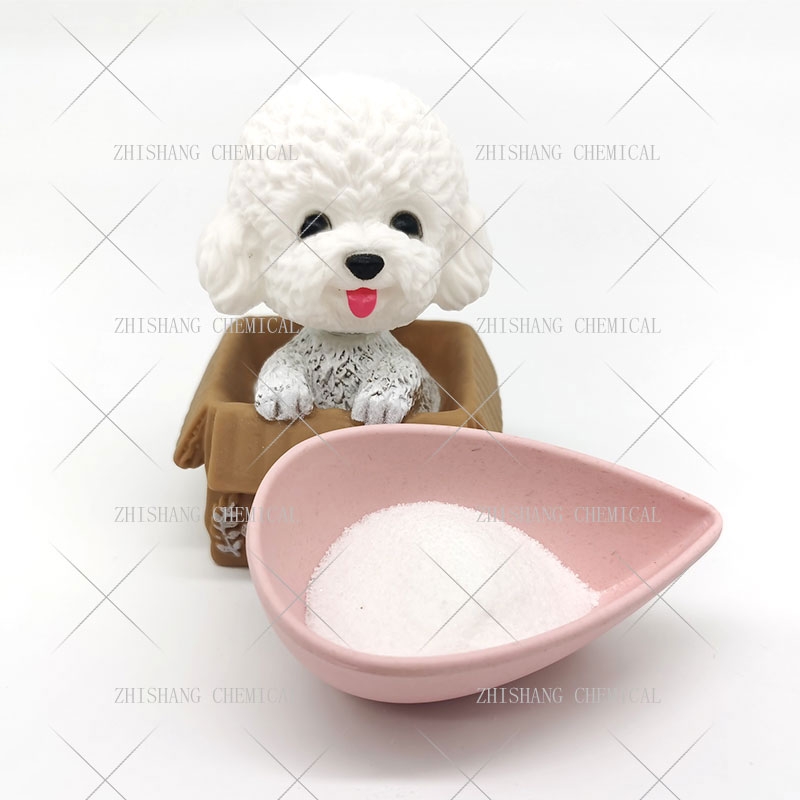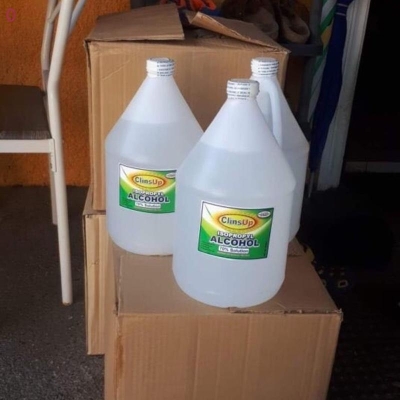-
Categories
-
Pharmaceutical Intermediates
-
Active Pharmaceutical Ingredients
-
Food Additives
- Industrial Coatings
- Agrochemicals
- Dyes and Pigments
- Surfactant
- Flavors and Fragrances
- Chemical Reagents
- Catalyst and Auxiliary
- Natural Products
- Inorganic Chemistry
-
Organic Chemistry
-
Biochemical Engineering
- Analytical Chemistry
-
Cosmetic Ingredient
- Water Treatment Chemical
-
Pharmaceutical Intermediates
Promotion
ECHEMI Mall
Wholesale
Weekly Price
Exhibition
News
-
Trade Service
【Chemical Machinery and Equipment Network Industry News】Recently, Ningxia Chemical Analysis and Testing Association released four group standards: "Artemisia noodles", "Determination of alcohol content and total extracts in wine by near-infrared-density method", "Quality specification for wine grape juice" and "Determination of total sulfur dioxide in wine Inductively coupled plasma emission spectrometry", which have been officially implemented
since November 1, 2022.
since November 1, 2022.
T/NAIA0151-2022 Artemisia noodles
The standard specifies the terms and definitions of artemisia noodles, normative reference documents, raw and auxiliary material requirements, technical requirements, hygiene requirements for production and processing processes, inspection rules, labels, packaging, shelf life, etc
.
It also involves the environmental temperature conditions requirements for storage, transportation and storage of artemisia noodles after packaging
.
The standard stipulates that the physical and chemical indexes of Artemisia noodles include moisture, salt content and pH, and the methods and steps
for determining the pH of Artemisia noodles are specifically introduced in the appendix.
.
It also involves the environmental temperature conditions requirements for storage, transportation and storage of artemisia noodles after packaging
.
The standard stipulates that the physical and chemical indexes of Artemisia noodles include moisture, salt content and pH, and the methods and steps
for determining the pH of Artemisia noodles are specifically introduced in the appendix.
T/NAIA0152-2022 Determination of alcohol content and total extract in wine Near-infrared-density method
This standard specifies the analytical methods
for the determination of alcohol content in wine by near-infrared method and the determination of total extract in wine by near-infrared method by near-infrared method.
It is suitable for the determination
of alcohol content and total extract in wine.
The instruments involved are near-infrared alcohol analyzers, digital density meters and fully automatic autosamplers
.
for the determination of alcohol content in wine by near-infrared method and the determination of total extract in wine by near-infrared method by near-infrared method.
It is suitable for the determination
of alcohol content and total extract in wine.
The instruments involved are near-infrared alcohol analyzers, digital density meters and fully automatic autosamplers
.
The principle of alcohol determination is: using the frequency doubling and frequency combination absorption band containing C-H, 0-H and other hydrogen-containing groups in alcohol, the absorption spectrum in the near-infrared region is obtained by diffuse reflection and transmission, and a linear or nonlinear model between the characteristic spectrum of the substance and the content of the component to be measured is established by stoichiometric methods, so as to realize the rapid determination
of the alcohol content of the sample by using the near-infrared spectral information of the substance.
of the alcohol content of the sample by using the near-infrared spectral information of the substance.
The determination principle of total extract is to determine the density
of the sample at 20 °C by measuring the oscillation frequency of the U-shaped oscillating tube.
The concentration of ethanol and sample density are measured, the density of the dealcoholized sample is calculated, and the total extract content
is calculated according to the density extract comparison table built into the instrument.
of the sample at 20 °C by measuring the oscillation frequency of the U-shaped oscillating tube.
The concentration of ethanol and sample density are measured, the density of the dealcoholized sample is calculated, and the total extract content
is calculated according to the density extract comparison table built into the instrument.
T/NAIA0153-2022 Quality specification for wine grape juice
This standard specifies the quality control requirements and recommended inspection methods
for wine grape juice.
Suitable for wine grape juice
in wine production.
for wine grape juice.
Suitable for wine grape juice
in wine production.
Quality requirements include physicochemical requirements such as pH, total acid (in terms of tartaric acid) and reducing sugar a, sulfur dioxide addition, mycotoxin limit, contaminant limit and pesticide residue limit
.
In the appendix, the standard also details the pre-treatment method
for the test of reducing sugars in wine grape juice.
.
In the appendix, the standard also details the pre-treatment method
for the test of reducing sugars in wine grape juice.
T/NAIA0154-2022 Determination of total sulfur dioxide in wine Inductively coupled plasma emission spectrometry
This standard specifies inductively coupled plasma emission spectrometry for total sulfur dioxide in wine
.
Suitable for the determination
of total sulfur dioxide in wine.
.
Suitable for the determination
of total sulfur dioxide in wine.
Its principle is: acidify and distill the sample in a closed container, absorb the distillate with hydrogen peroxide solution, detect the absorbed solution by inductively coupled plasma emission spectrometry, qualitatively determine the characteristic spectral wavelength of sulfur element, quantify the signal intensity of the element line to be measured in proportion to the element concentration, and calculate the sulfur dioxide content
in the sample.
Inductively coupled plasma mass spectrometry, semi-automatic distillation and pure water meters
are required.
in the sample.
Inductively coupled plasma mass spectrometry, semi-automatic distillation and pure water meters
are required.







